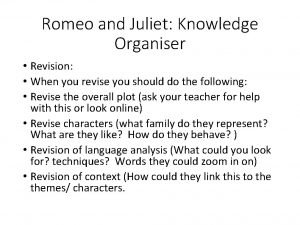WILLIAM DAVIS PRIMARY SCHOOL KNOWLEDGE ORGANISER YEAR 5

- Slides: 1

WILLIAM DAVIS PRIMARY SCHOOL KNOWLEDGE ORGANISER: YEAR 5 HISTORY The Industrial Revolution Queen Victoria Urbanisation Victoria was the Queen of the United Kingdom of Great Britain and Ireland from 20 th June 1837 until 22 nd January 1901. On 1 st May 1876 she was granted the additional title of ‘Empress of India. ’ Her reign of 63 years and 7 months was the longest of any British monarch aside from Queen Elizabeth II, and was known as the Victorian era. Urbanisation describes the growth of cities due to movement of people from rural areas to cities to find work, often in factories. Child Labour Inequality was rife in Victorian Britain and children from poor families were forced to work long hours from a very early age. They worked in dangerous conditions, with few breaks and no fresh air, often resulting in injuries or death. Workhouses were places where poor people without a job worked or lived. They earned their ‘keep’ by doing jobs there. They quickly became extremely crowded and unpleasant. Forster’s Education Act 1870 In 1870, parliament passed the Forster’s Education act, requiring all parts of Britain to provide schools to children ages 5 to 12. School still was not mandatory and many children worked outside school hours, as parents could not afford to give up income earned by their children. Matchgirls’ Strike 1888 In 1888, women workers at the Bryant & May Match Factory in London refused to work in a protest against long hours, low pay and hazardous conditions. This unofficial strike, carried out by a group of women without the backing of an official trade union or financial assistance, was unprecedented and won the support of many well-respected and influential reformist. Canals The development of manmade rivers called canals was vital to the Industrial Revolution. Because heavy goods can float on a canal, barges were used to transport goods, such as bricks, iron and pottery. This increased the quantity that could be traded and reduced cost. Iron and coal A new process for producing strong cheap iron – the blast furnace, was perfected by Abraham Darby. The mining industry also became very important, as steam engines and blast furnaces needed a huge amount of coal to run. Isambard Kingdom Brunel was a famous engineer in Victorian times. He built bridges, ships and even railway stations. He was the ‘chief engineer’ of the Great Western railway and also worked on the Thames tunnel with his dad, who was also an engineer.

